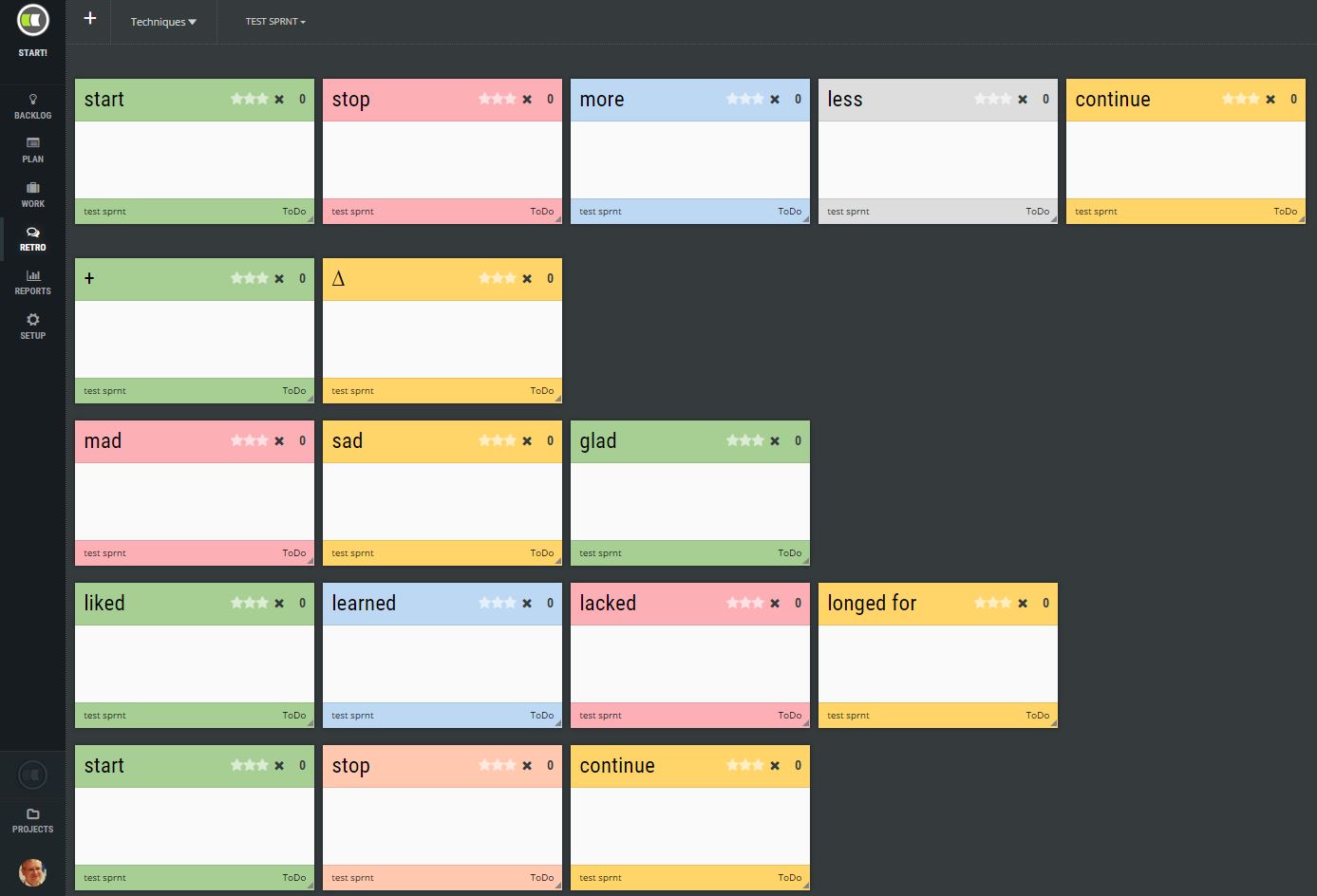

If you choose a longitudinal study, the impact of natural talent on performance should be eliminated, since that would not change over the study period. ExampleYou decide to study how a particular weight-training program affects athletic performance. This means any changes in the outcome variable cannot be attributed to differences between individuals. Longitudinal studies also allow repeated observations of the same individual over time. However, a longitudinal study would be able to observe the rise or fall in crime some time after increasing the number of police in an area. ExampleA cross-sectional study on the impact of police on crime might find that more police are associated with greater crime and wrongly conclude that police cause crime when it is the other way around. This means you can better establish the real sequence of events, allowing you insight into cause-and-effect relationships. Longitudinal studies allow researchers to follow their subjects in real time. Like any other research design, longitudinal studies have their tradeoffs: they provide a unique set of benefits, but also come with some downsides.

Advantages and disadvantages of longitudinal studies In a prospective study, you might follow a group of both smokers and non-smokers over time to see if they develop cancer later on. Retrospective vs prospective exampleIn a retrospective study, you might look at past medical records of patients to see whether those who developed this cancer had previously smoked. Retrospective studies are generally less expensive and take less time than prospective studies, but are more prone to measurement error. In a prospective study, you choose a group of subjects and follow them over time, collecting data in real time.

In a retrospective study, you collect data on events that have already happened.You can choose to conduct a retrospective or a prospective study. If you choose to collect your own data, the way you go about it will be determined by the type of longitudinal study you choose to perform. If you choose to go this route, you should carefully examine the source of the dataset as well as what data is available to you. You will also be restricted to whichever variables the original researchers decided to investigate. To preserve the anonymity of the participants, the data collected is often aggregated so that it can only be analyzed on a regional level. However, they are more restrictive than data you collect yourself. These statistics are generally very trustworthy and allow you to investigate changes over a long period of time. For example, anyone can access data from the 1970 British Cohort Study, which has followed the lives of 17,000 Brits since their births in a single week in 1970, through the UK Data Service website. Many governments or research centers carry out longitudinal studies and make the data freely available to the general public. If you want to implement a longitudinal study, you have two choices: collecting your own data or using data already gathered by somebody else. Without the cross-sectional study first, you would not have known to focus on men in particular.

You then decide to design a longitudinal study to further examine this relationship in men. You first conduct a cross-sectional study to see if there is a link between smoking and stomach cancer, and you discover that a link exists in men but not in women. Cross-sectional vs longitudinal exampleYou want to study the relationship between smoking and stomach cancer. Because cross-sectional studies are shorter and therefore cheaper to carry out, they can be used to discover correlations that can then be investigated in a longitudinal study. They can be used to provide a snapshot of a group or society at a specific moment.īoth types of study can prove useful in research. The opposite of a longitudinal study is a cross-sectional study. While longitudinal studies repeatedly observe the same participants over a period of time, cross-sectional studies examine different samples (or a “cross-section”) of the population at one point in time. One of the longest longitudinal studies, the Harvard Study of Adult Development, has been collecting data on the physical and mental health of a group of Boston men for over 80 years! Longitudinal vs cross-sectional studies However, they usually last at least a year, oftentimes several. They can range from as short as a few weeks to as long as several decades. No set amount of time is required for a longitudinal study, so long as the participants are repeatedly observed. Frequently asked questions about longitudinal studies.Advantages and disadvantages of longitudinal studies.Longitudinal vs cross-sectional studies.


 0 kommentar(er)
0 kommentar(er)
